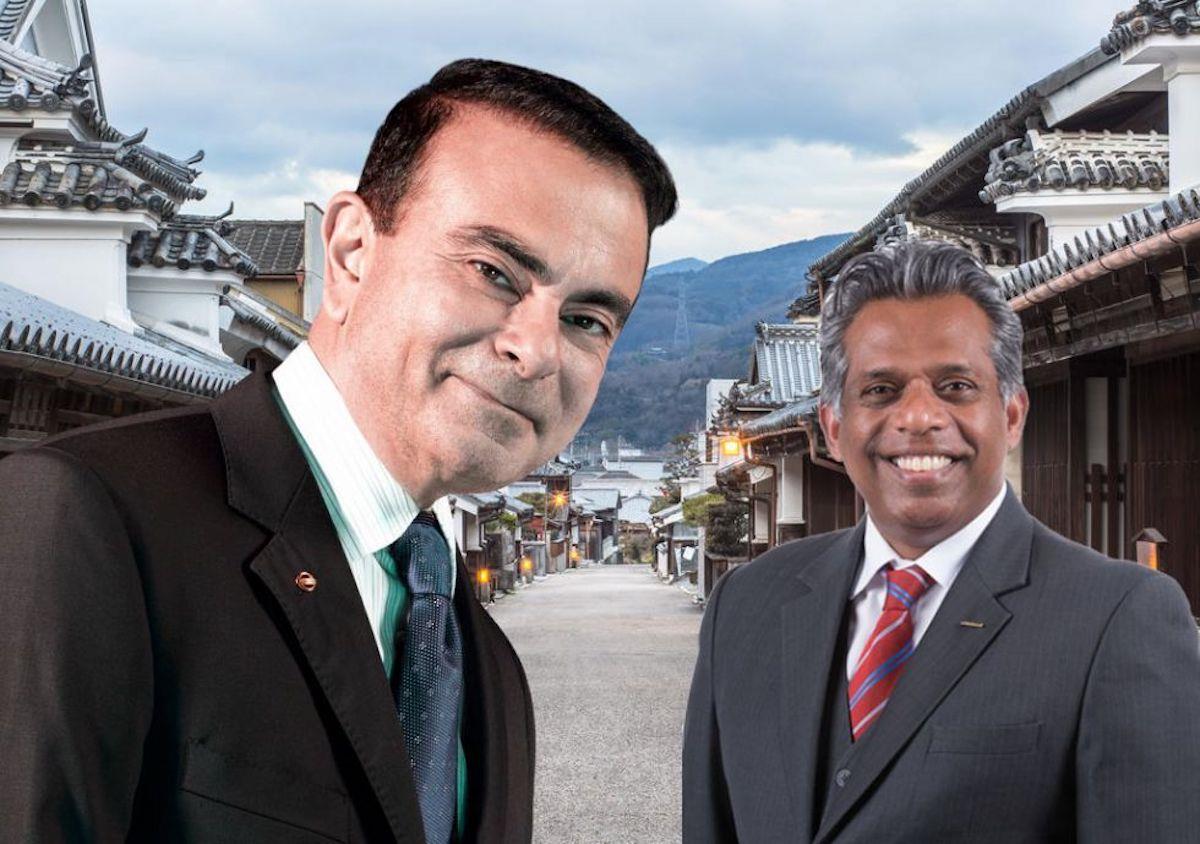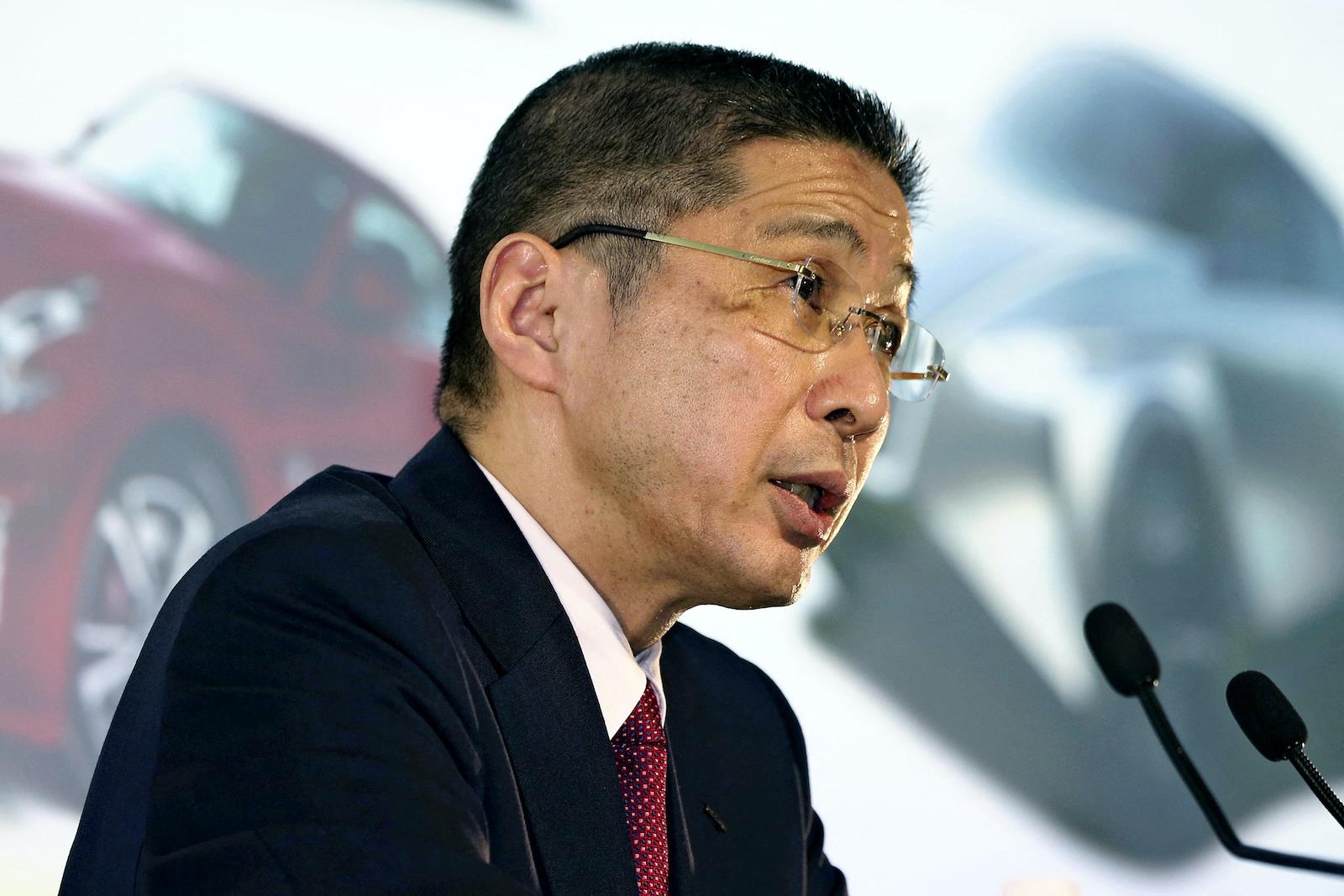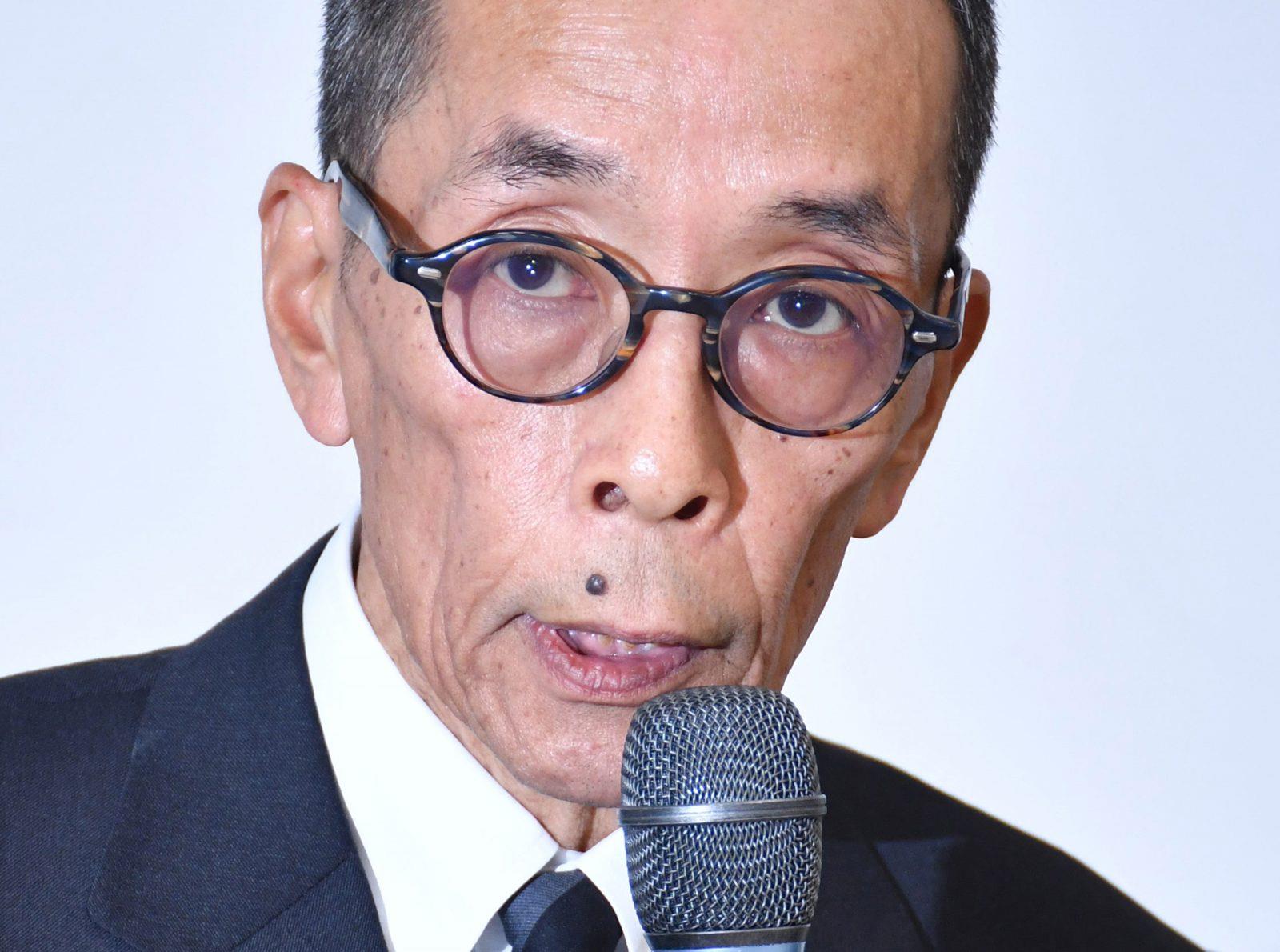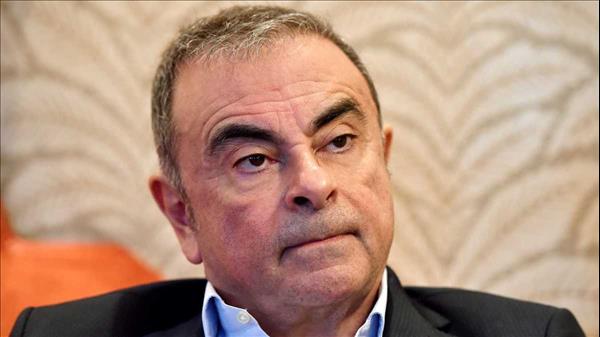(MENAFN- Asia Times) A new version of the nissan-renault alliance , expected to be announced as early as this week, almost certainly will be billed as a new beginning. In reality, it's a serious breakup between two badly damaged partners who remain married only in name.
A former insider, pointing out that Renault's stake will fall to 15%, from 43% at present, shatters the fresh-start fairy-tale narrative by remarking:“If you're going to sell down, and there's no central control where anybody has the authority to really push synergies, it's a divorce.”
(Read down for comments from former alliance boss Carlos Ghosn, exclusive to Asia Times.)
The two main partners in the Renault-Nissan-Mitsubishi Alliance joined together nearly 24 years ago when Renault invested a then-astronomical US$5 billion in the Japanese automaker and sent its top executive to Japan to fix it.
Today, the two are mere shadows of what they were as recently as 2017 and 2018, ahead of Carlos Ghosn's ouster. Production, sales, market share, share price and market capitalization are all down sharply while the companies have lost several stars from their management bench.
How did they get to where they are? And who's responsible? By now the suspicion is shared by much of the world that the only winners – apart from the firms' competitors – are the old-guard nationalists, characterized by some as the“old Nissan tribe,” who engineered the November 19, 2018, arrest and downfall of the larger-than-life builder and leader of the alliance.
That suspicion can now be turned into certitude. we're publishing here for what we believe is the first time documents tracing back to the 21st floor of Nissan's headquarters building that prove the head of the CEO office, Hari Nada, and the chief executive officer himself, Hiroto Saikawa, were directing the coup to oust Ghosn – and prove that an outcome they sought from the beginning was to block a merger with Renault.
(One previously published news story referred to these documents but at that time did not publish the documents. Nissan at the time claimed the documents were forged but did not pursue that argument further. Carlos Ghosn obtained the documents, has them in his possession and authorized sending them to us.)

Carlos Ghosn and Nissan Vice President Hari Nada in happier times. Photo: Avtomanija
In pursuing that outcome, the coup plotters clearly succeeded. Even the French government, whose desire for a merger triggered the coup, is reported to have signed off on the non-merger reorganization plan. But the coup makers' victory is likely to be pyrrhic.
The documents we are revealing are smoking-gun proof that Nissan was working with the Tokyo prosecutors' office – and would use this official connection to justify withholding information from Renault and from the French government, holder of 27% of voting rights in Renault.
On the first page of the longer of the two documents, which was characterized as a“briefing note”, Nada provided clear talking points in the context of expected responses to the news by the French side, namely Renault's board; France's stock market regulator, the Autorité des marchés financiers; and the French state shareholder agency, Agence des participations de l'État. Nada outlined in Q&A format“immediate Nissan positioning on key issues”:
An example of how little information – misleading information, at that – Nissan provided to the French is reported in Chapter 1 of broken alliances : Inside the Rise and Fall of a Global Automotive Empire, a book by Carlos Ghosn and one of the co-authors of this report, Philippe Riès:
A French diplomat at a French embassy reception in Tokyo on the day of Ghosn's arrest heard from Philippe Klein, one of the two Nissan executives for whom the briefing notes were prepared.“What Klein told us was pretty basic,” the diplomat said.“He told us about a whistleblower, the role played by company auditors and an internal investigation, and the decision taken by Tokyo prosecutors to arrest Carlos Ghosn.”

Philippe Klein. Photo: Nissan / Social Media
Following his instructions from Nada, Klein didn't utter a word about how the investigation had been launched in hopes of finding some dirt on Ghosn so that the coup makers in the executive suite could get rid of the alliance chief and forestall an expected move to a full merger with renault .
A longtime aide to Ghosn as a member of the small initial group sent by Renault to Nissan in 1999 to rescue the Japanese automaker from near-bankruptcy, Klein flew to Paris after the reception to deliver Nissan's official story to Renault's top management. At the time, Klein was Nissan's chief planning officer and a member of the executive management committee.
The real story begins
At 1:34 pm (Tokyo time) on November 18, 2018, Nada sent an e-mail to Saikawa, a Japanese who had risen through the Nissan management ranks and had been elevated two years earlier to CEO by Ghosn (who remained chairman) to run the company's day-to-day business.
Attached to Nada's cover message was a three-page memorandum, marked“confidential,” which set forth the objectives of what was coming and the strategy for how to navigate the treacherous waters looming ahead for the automaker. In short: Taking down Ghosn was just the first step to taking back control of Nissan from Renault.
Multiple times, Nada emphasized the need to find a new governance structure. First:
Then more forcefully :
' Disenfranchise Renault '
“We must assert this change of circumstances quickly in order to preserve our right to terminate RAMA, giving Nissan the right to purchase Renault shares and disenfranchise Renault or take over Renault,” Nada wrote, referring to the companies' Reinstated Alliance Management Agreement.
Nada added that any power Carlos Ghosn exerted over the alliance was“intuitu personae” (the Latin term refers to an agreement signed by one of the parties by virtue of the personality of the other party) and that Ghosn's alliance power was“only possible because of his history and positions in both companies” and thus should be denied to Ghosn's successor at Renault.
Malaysian-born Nada, a UK-licensed lawyer, next detailed all of the ways and means to reduce Renault, which owns 43% of Nissan's stocks, to a mere sleeping partner, eviscerating Renault's shareholder's rights – already badly damaged in 2016 by the signing of the never-published (an oddity for two listed companies) RAMA.
Briefing notes
Taken in its entirety, the Nada document provided the roadmap for how Nissan would deal with the Ghosn ouster both short-term and long-term, even today. And we know that the first line of management, instructed to follow Nada's plan, largely succeeded in propagating the narrative laid out in the memo to justify Ghosn's arrest, the subsequent destruction of his reputation and the dismantling of the Alliance governance structure .
The memo accused Ghosn of wrongdoing but presented no charges or evidence.
Saikawa, Ghosn's former protege, was arguably the most strident in pushing the plan's narrative during his highly charged press conference on the night of Ghosn's arrest. He expressed shock and outrage, while accusing Ghosn of being a“mastermind” (shubō-sha in Japanese) of still-unspecified financial crimes.

Then-Nissan Motor CEO Hiroto Saikawa speaks during a press conference at Nissan's Head Office in Yokohama, Kanagawa prefecture on May 14, 2019. Photo: AFP / The Yomiuri Shimbun / Keita Iijima
Then, in the days and months that followed, the automaker followed the script and repeatedly turned down requests for information from Renault while stonewalling any initiative taken by its largest shareholder.
Nissan also hid behind the Tokyo prosecutor's office in its dealings with reporters (including Roger Schreffler, co-author of this report;“Nissan is not in a position to share specific information regarding the findings of the investigation” was a typical response from the PR office) and thus with the public.
This is where the direct involvement of the Tokyo prosecutor's office became so useful in turning an executive compensation issue, which should have been at most a governance issue for Nissan's board, into a criminal investigation.
As Nada had written to Saikawa:
Memo months in the making
We also have learned that the memo was months in the making and reviewed and vetted by more than a dozen individuals – including Nissan's outside lawyers at the Latham & Watkins law firm – before Nada sent it to the CEO.
The lawyerly input helps explain why the wording occasionally may seem mild in comparison with the actions that rogue Nissan executives (Ghosn has identified seven coup-makers) were actually taking.
On the very day of Ghosn's arrest – the day after Nada had put down in writing what the coup was about – Nada organized four raids on Ghosn's residences outside Japan, as reported earlier . The raids were timed around Ghosn's arrival and arrest in Tokyo.
Nada also arranged for the arrest of Nissan director and Ghosn ally Greg Kelly after luring him to Japan to attend a meeting at Nissan's Yokohama headquarters. Kelly would be arrested within a 60-minute window of Ghosn's arrest. The prosecutors would take them both to the Tokyo Detention House.
Nissan held an impromptu board meeting on November 22, with the head of the internal investigation (who reported to Nada) making the case that Ghosn and Kelly were guilty. The seven remaining members on the nine-member board – including two coup members, Saikawa and Masakazu Toyoda, an ex-Ministry of Trade, Industry and Industry official – voted to remove Ghosn and Kelly from the board and strip them of their representative director titles.
Note that CEO Saikawa was not in the dark during that long gestation period for the document. He had been briefed on October 11, 2018, about the plan to use the Tokyo prosecutor's office to bring Ghosn down, according to Nissan internal auditor Hidetoshi Imazu, who had been the first to go to the prosecutor's office in June of that year.
Philippe Klein and Yasuhiro Yamauchi
Philippe Klein and Yasuhiro Yamauchi were named at the top of the memorandum. Both of them, we have learned, were given very specific tasks in the immediate aftermath of the November 19 arrests. Klein's role is detailed above.

Yasuhiro Yamauchi. File photo: AFP / The Yomiuri Shimbun
Yamauchi, Nissan's chief competitive officer and, like Klein, a member of the executive committee, was tasked – along with Yu Serizawa, also representing Nissan on Renault's board - to keep an eye on Renault's board and report back to Nada.
The memo asked the CEO to pass along those instructions to the two Japanese:
N-CEO office is short for Nissan CEO office, which was Nada's office on the 21st floor of the Nissan headquarters building.
Nada's prediction that Renault would remove Ghosn as CEO, although it didn't happen at Renault's November 20 board meeting, took place two months later in January when the French government got behind the move.
Ghosn was still in solitary confinement at the Tokyo Detention House and thus couldn't speak for himself. Bruno Le Maire, France's finance minister, in a television interview on January 23 made the announcement that Ghosn had stepped down.
Evidently the input from Serizawa and Yamauchi pleased their Nissan masters. Serizawa, the French-educated daughter of a former Japanese Ministry of Finance top official, still serves on Renault's board representing Nissan.
and-w-972x730-1.png?resize=780%2C586&ssl=1' alt='' srcset='https://i0.wp.com/asiatimes.com/wp-content/uploads/2023/01/yu-serizawaand-w-972x730-1.png?w=1200&ssl=1 1200w, https://i0.wp.com/asiatimes.com/wp-content/uploads/2023/01/yu-serizawaand-w-972x730-1.png?resize=768%2C577&ssl=1 768w, https://i0.wp.com/asiatimes.com/wp-content/uploads/2023/01/yu-serizawaand-w-972x730-1.png?resize=800%2C600&ssl=1 800w, https://i0.wp.com/asiatimes.com/wp-content/uploads/2023/01/yu-serizawaand-w-972x730-1.png?resize=600%2C450&ssl=1 600w, https://i0.wp.com/asiatimes.com/wp-content/uploads/2023/01/yu-serizawaand-w-972x730-1.png?resize=400%2C300&ssl=1 400w, https://i0.wp.com/asiatimes.com/wp-content/uploads/2023/01/yu-serizawaand-w-972x730-1.png?resize=200%2C150&ssl=1 200w, https://i0.wp.com/asiatimes.com/wp-content/uploads/2023/01/yu-serizawaand-w-972x730-1.png?resize=300%2C225&ssl=1 300w, https://i0.wp.com/asiatimes.com/wp-content/uploads/2023/01/yu-serizawaand-w-972x730-1.png?resize=706%2C530&ssl=1 706w' sizes='(max-width: 780px) 100vw, 780px' />
Yu Serizawa. Photo: Actis / Social Media
Yamauchi would be promoted to chief operating officer at Nissan in May 2019, then interim CEO for a month in September 2019 when Saikawa was forced to resign under a financial cloud.
The plan takes form
Other talking points refer to the RAMA agreement on the setup of a joint Renault-Nissan management company – Renault-Nissan BV, separate from Nissan's arrangement with Mitsubishi Motors – instructing that Nissan should argue that the RAMA,“as applied to Renault-Nissan BV has rarely, if ever, been applied and that RNBV as conceived by the RAMA has never operated [and] Nissan does not accept that Renault has a casting vote.”
Thus, Nissan unilaterally abrogated the Alliance governing agreement. Renault, without its CEO after Ghosn's arrest and with no way to reach him, was largely at the mercy of Nissan to comply with whatever demands the Japanese automaker would make. Top of the list: taking back full control from its largest shareholder per the“disenfranchise Renault” instruction.
Nada had already gamed out Renault's initial response. According to the memo:
Renault, in the event, did name Thierry Bolloré acting CEO, and then in January made his promotion permanent along with bringing in Jean-Dominique Senard, from Michelin, to be chairman.
More instructions
Nada's draft instructions included this:“Avoid discussions on the management agreement. Nissan will argue that the agreement is unenforceable under Japanese law as the Nissan board is supreme. This argument should be kept in reserve.”
On the question of who should chair the Alliance Strategy Committee and Alliance Operating Committee, the memorandum advised that:
All of this was settled in Nissan's favor on March 12, 2019, less than four months after the coup, Ghosn having just been released on bail, when the alliance partners agreed that all future decisions would be“consensus-based.”
This means that, for nearly four years now, the alliance has operated without a chief executive.
Ghosn gets the last word
We reached out to Carlos Ghosn at his home in Lebanon to discuss the significance of the Nada-Saikawa memo, which he provided us.
Ghosn earlier had provided the 2013 and 2015 Hiroto Saikawa-Greg Kelly post-retirement compensation proposals, which never had been shown outside of the Tokyo courtroom that was the scene of the trial of Greg Kelly and which substantially debunk the prosecutors' claims that Ghosn and Kelly had underreported Ghosn's future compensation.
“The memo is a roadmap for what's happening today,” Ghosn, the former alliance boss, told us.“They prepared the roadmap long before I was arrested and laid out the plan in this email the day before. I don't know what more proof an objective observer needs, but it's exactly what's happened over the past four years. What you see today is the result of the execution of their plan with very little resistance.”
Ghosn has long argued that the coup was primarily about stopping a merger of Nissan's and Renault's operations.
“The facts show the accuracy of everything we've said since the beginning,” he asserted.“The old guard - it wasn't the whole company - came to the conclusion that it's better to be smaller and weaker and autonomous than stronger with less autonomy. That was their conclusion.”
He laughed when he was asked about Motoo Nagai, an ex-banker, and Masakazu Toyoda, the ex-METI man, both independent outside directors at Nissan, both heading key governance committees – audit and board nomination – and both members of the coup.
“It's an utter farce having these two 'old boys' who have no knowledge of the auto industry heading key governance committees. But more to the point, they're central to the coverup. They were part of the coup.”
Indeed, our reporting has shown that Nagai – who was a statutory auditor when the coup was being planned and in that capacity sat in the same room as Hidetoshi Imazu, the lead auditor who was the first to take concerns about Ghosn to the Tokyo prosecutors' office – has been directly involved with many of the decisions to suppress information that supported Ghosn's claims of innocence or claims that, at least, there were extenuating circumstances.

Motoo Nagai, retired banker and Nissan board member. Photo: Nissan
A former member of Nissan's audit committee, Thierry Bolloré, says he didn't receive a copy of company lawyer Ravinder Passi's conflict of interest memo, including possible criminal violations by Nada, until September 23, 2019, after Nissan's board had met and approved a report investigating Ghosn's compensation that had been written by the lawyers at Latham & Watkins LLP.
Passi, Nissan's global general counsel at the time, had sent the report - three times in July and August, according to documents that we have reviewed - to Nagai, who chaired the audit committee, but Nagai didn't forward the memo to the full committee.
Ghosn declined to comment on any of the specifics of the new alliance structure.“Frankly, I don't know,” he said.“They've delayed several times. But, generally, this kind of cross-holding can exist only if there is trust between the parties. When the trust disappears, it's over. Obviously, there's no longer any trust except in their public statements.”
Of course, there are at least two meanings of“trust.” In the legal/financial sense, it's been reported that Renault will transfer a 28% stake it owns in Nissan to a trust account and will be left with a 15% stake, equivalent to what Nissan owns in the French automaker.
If the reports are true, Renault is going to have billions of dollars of whatever's left tied up in a trust in Japan (in both senses of the word trust). We estimate $3.7 billion after it sells down its 43% stake to 15% .
Wouldn't that money be better used elsewhere, we asked?
“Probably,” said Ghosn,“because if they're not collaborating, then why would you want to keep billions of dollars captive in shares in a company in which you have zero influence? Generally speaking, it makes more sense to invest the money somewhere else.”
On the question of whether Renault should seek a new partner in light of everything that's happened, Ghosn said that, for him, the story“ended in 2018.”
“They all had the opportunity to continue to support an alliance that was delivering results in terms of growth, profits and employment. They chose to destroy it. One destroyed it actively, Nissan. The other, Renault, destroyed it passively. Nissan at best is now a second-tier company. I wouldn't bet a lot on the future of either of these companies,” Ghosn said.
He also criticized Nissan's continued pursuit of Greg Kelly. The company sued Kelly for $40 million, all of the money it paid in civil fines in Japan and to settle a shareholder suit in the US after the Tokyo District Court acquitted Kelly on seven of eight counts in his criminal trial in Japan last March. Kelly is appealing the eighth.
“Clearly, they're out to destroy any resistance or opposition to what they've done,” said Ghosn.“That's why they're after Greg. They are just trying to silence him. They don't want anybody to say anything different from the official version of the story, which they have fabricated with great malice.
“But I also think they're wrong if they think they can pursue the current course without any consequence. It's going to take some time, but at the end of the day, everything will eventually be more visible.”
Philippe Riès, a former longtime Japan correspondent for Agence France Presse, is the co-author with Carlos Ghosn of broken alliances .
roger s chreffler is a veteran Japan correspondent for Wards Automotive and the author of some 25 Asia Times' reports on the Carlos Ghosn case.




























Comments
No comment